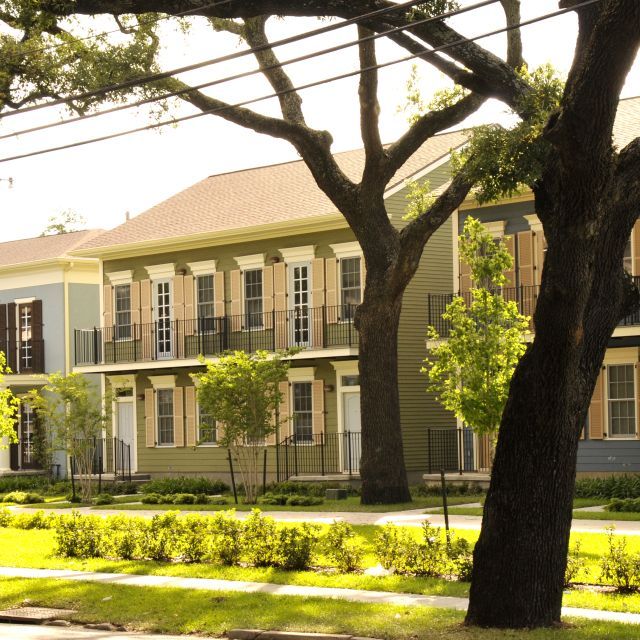On February 3, the Department of Housing and Urban Development (HUD) issued a new consolidated notice that lays out the requirements for the use of more than $2 billion in Community Development Block Grant Disaster Recovery (CDBG-DR) funds.
This round of funding is being allocated to nine states and Puerto Rico to help with the recovery from 15 major disasters that occurred in 2020.
The consolidated notice, which opens access to the allocated CDBG-DR funds, combines and updates requirements from several different Federal Register notices that have governed CDBG-DR funds in the past. These updated guidelines include significant amendments to CDBG-DR policies that reflect the Biden-Harris Administration’s priorities of combating climate change and advancing racial equity.
Specifically, HUD’s new notice focuses on three major issue areas: equitable recovery, the new mitigation set-aside fund and resilience planning.
Equitable Recovery: The notice states that grantees must use CDBG-DR funds to promote fair housing. HUD seeks to advance the equitable distribution of recovery funds by planning for targeted assistance to residents of underserved and marginalized communities.
Specific requirements:
- Grantees need to assess whether the dollars would have a discriminatory impact.
- Grantees must explain how the funds will go toward reducing barriers to accessing CDBG-DR funds.
- Grantees must include data from the most impacted and distressed areas which identifies the racial and ethnic make-up of the population.
Mitigation Set Aside: The Disaster Relief Supplemental Appropriations Act of 2022 that funded this program requires HUD to set aside 15 percent of disaster recovery grants for mitigation activities, which will enable grantees to implement climate adaptation activities.
Specific requirements:
- Grantees must conduct a mitigation needs assessment of current and future hazards to inform the use of their CDBG-DR mitigation set-aside.
- Grantees must address the risks to the most impacted and distressed areas by implementing mitigation activities.
- The proposed mitigation activities should be CDBG-DR eligible and meet a national objective of the program.
Climate Resilience: HUD's Consolidated Notice will require CDBG-DR grantees to incorporate disaster mitigation measures into all recovery activities involving construction.
Specific requirements:
- Grantees should describe how the funds will support the adoption and enforcement of modern building codes, increase awareness of climate risks in their communities and incorporate energy efficiency. The Green and Resilient Building Standard requires that all new construction and reconstruction of housing assisted with CDBG–DR funds meet an industry-recognized standard such as Enterprise Green Communities; ICC–700 National Green Building Standard Green+Resilience; Living Building Challenge or any other equivalent standard acceptable to HUD.
- Grantees may carry out various resilience activities such as buyout programs to acquire properties in high-risk areas and provide assistance to relocate residents or businesses to lower-risk areas.
- Funds can also be used to elevate structures, mitigate wildfire risk and reduce the urban heat island effect, among other activities. However, prioritizing low-and moderate-income people while building climate resilience is essential.
The notice explicitly permits jurisdictions to use funds to pay for the costs of pre-award bridge loans, such as through Enterprise’s innovative Disaster Recovery Accelerator Fund, as well as the demolition, rehabilitation and reconstruction of multifamily housing.
For a complete list of rules and regulations, visit the Federal Register to review the notice.
Enterprise has been working with HUD to share perspectives on how the government can help disaster survivors to both recover and better prepare for future disasters. We are pleased to see HUD’s continued commitment to climate justice and equitable recovery.
We also urge Congress to permanently authorize the CDBG-DR program, which would allow HUD to move resources more quickly, efficiently and equitably into the hands of grantees and the communities that they serve. Read a related blog post to learn more.

